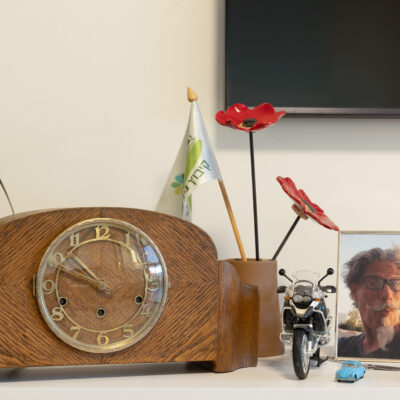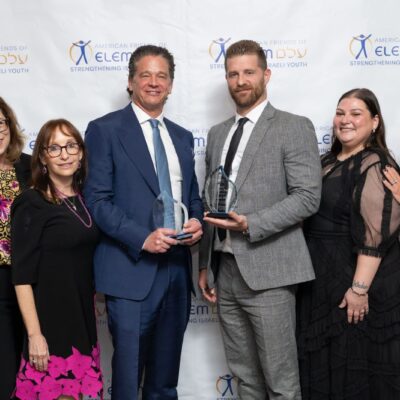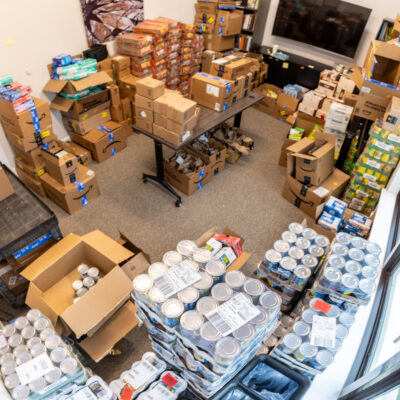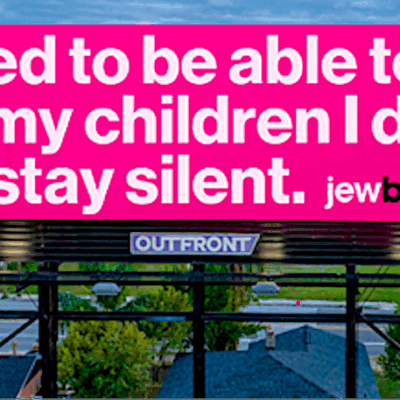How Nonprofits Can Take Remote-Control of their Fundraising in the Current Climate

By Moshe Hecht
It’s been a long minute since global current events have affected philanthropy in any significant way.
Last year, the changes to the tax code did produce marginal impact, but it did not create worldwide panic. The last time we’ve seen philanthropy take a dip was during 2008’s Great Recession. According to Stanford University, in 2008, total giving was reduced by 7% and by another 6.2% the year after. That’s a huge decrease for a wealthy country like the United States.
The rapid spread of the Coronavirus, and with it, the strain on global markets, seems to be propelling us towards a time of financial uncertainty. It’s this “unknown” that has fostered a climate of volatility. Countries, companies, and nonprofits alike are on lockdown, making this a worrisome time.
The difference between this and 2008, however, is that our world has evolved drastically since then – in technology and collective psychology. You can take control of your fundraising in this crisis; and you’d be surprised how much people will rally together in times of distress or need.
It’s specifically times like these that remind us what it means to be human.
First and foremost, we should be very careful not to ambulance chase. It may be tempting in an emergency to take advantage of the situation by generating panic in an attempt to boost fundraising. People will not respond to messaging that, while somewhat true, are clearly done to create manipulated urgency. Be calm, collected, realistic, and hopeful in your communication. If your nonprofit is undergoing a genuine crisis, then, by all means, respond appropriately. Only you know the true state of your nonprofit – don’t ambulance chase. If not for the sake of your principles, then do it for your donors and people, who are depending on you to be a measured voice of reason and hope.
The second point to consider gets right to the heart of why today’s coronavirus climate is so different from 2008. Generally speaking, in 2020, we are very technologically savvy; there’s nearly nothing today that can’t be done digitally. If your staff needs to stay home for their safety, then they should stay home and work remotely. We need to start harnessing all the virtual tools at our disposal. Every single one of your digital channels – social media and digital communication – needs to be up-to-date and ready to go. A good example of this came this morning, when I got a text from my children’s school alerting me to their closure. I didn’t have to check my email or go to a website for updates – an excellent usage of technology by the school to keep their community informed.
This third takeaway may be the most essential. Over the last ten years, we have created an entirely new, reliable source of fundraising revenue: the crowd and its power of collective giving. In 2008, we used things like plaques, charity boxes, and tickets and appeals at live events – unreliable ways of creating a substantial revenue stream. The only reliable source of 80% of our fundraising dollars was mega-donors. But in climates of great crisis, and a falling market, mega-donors become much more frugal with their giving; this happened in 2008, and it’s going to happen again.
Thanks to the collective power of the crowd, however, our fundraising can significantly avoid what once was a major problem. We might temporarily lose a $30,000 gift, but we can, with strategic effort, get 1,000 people in our community to give $30 each. The 80% – 20% rule can, in many ways, become the 50% – 50% rule. This support from the greater community can, in turn, galvanize mega-donors to renew their philanthropic support. Once they see the generosity of others, from people living paycheck to paycheck, they will be re-inspired to give. It is a cycle we need to start. We must encourage mega-donors, through our own actions of kindness and generosity, to not stop giving.
The key isn’t to abuse the current situation – we need to use the situation appropriately with all the tools at our disposal to do so.
Anyone who has been successful at online fundraising knows that it must be paired with live events as well. Some nonprofits might not be able to keep their in-person, volunteer events going, as we are being advised to not gather en masse. Even with some of the creativity that I’ve personally seen (one nonprofit is encouraging volunteers to come out by offering toilet paper and hand sanitizer – high-demand goods that are sold out everywhere), we are going to see a decline of gatherings for our call centers, at least for the time being. With this in mind, you need to make it easier for those who can’t come out by maximizing their digital presence. This includes going “live” on social media, hosting video conferences, watch parties, etc. With all these combined efforts, I’m confident that the nonprofit community can successfully overcome these tumultuous times.
Moshe Hecht is a philanthropy futurist, public speaker and chief innovation officer of Charidy, a crowdfunding platform and consulting company that has helped 5000 organizations raise over 900 million dollars. His articles have been published in publications such as Forbes, Nonprofit Quarterly and eJewishPhilanthropy. @moshehecht @wearecharidy#tzedakaspresent
This piece is the latest addition to Tzedaka’s Present: A column on current and future giving trends and opportunities.

 Add EJP on Google
Add EJP on Google










